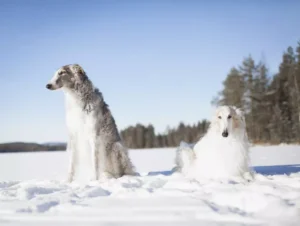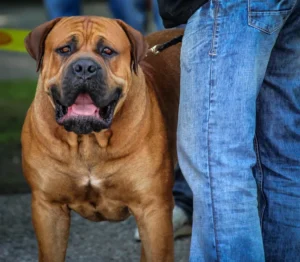
Take a peek into your horse’s mouth, and you’ll likely discover many teeth! Horses typically possess anywhere between 36 to 42 teeth; their exact number depends on its gender as well as whether it has developed additional ones on its bars (the empty space between its front teeth and rear teeth where its bit rests).
Your horse also possesses a variety of different teeth, much like humans do. Over the course of its lifetime, it will grow two sets of its own teeth – wear patterns can help determine its age.
Deciduous (Baby) Teeth
Deciduous teeth, commonly referred to as milk or baby teeth, are the initial set of teeth to appear in a foal’s mouth upon birth. Soon after its second birthday these deciduous baby teeth begin being pushed out as their permanent adult counterparts come in and will typically all have been replaced by the time he/she reaches 5 years of age – though occasionally young horses need help in shedding these baby caps from time to time or may require intervention by veterinarian or equine dentist in order to release them by themselves naturally.
Permanent Teeth
Adult, or permanent teeth, continue to develop throughout a horse’s lifetime and serve as an indicator of its age. As the animal gets older, however, their tooth growth stops and may result in gaps where teeth have fallen out, potentially leading to weight loss and quidding (dropping food while chewing).
Wolf and Canine Teeth
As foals reach four or five years of age, some horses may develop additional teeth in what we refer to as the bars of their mouth. Canine and wolf teeth tend to appear more frequently among stallions than mares and typically appear smaller sized than in mares. Although canines or wolf teeth appear more often among males than females, canines or wolf teeth can occur anywhere on either jaw; some horses only get them on one jaw while some develop them both jaws as well. Depending on whether or not these discomfort causes when holding bits, canines can sit below gums while getting quite noticeable once grown out.
Incisors
Your horse’s front teeth, known as incisors, serve to efficiently clip grass while it grazes. Incisors are among the first teeth to appear as milk teeth emerge and will often shed as permanent ones push through; because these are easily seen, this method allows veterinarians to estimate their age accurately.
These teeth can continue to replace gradual erosion caused by cropping fodder that contains grit and other abrasives, as well as blows that damage incisors through blows that crack them just like human teeth can. Incisors may also become cracked through blows which crack their roots deep within the jaw bone – all horses have twelve total incisors on either side for an equal total.





